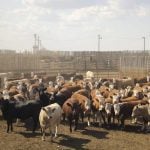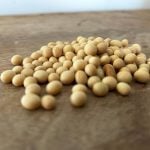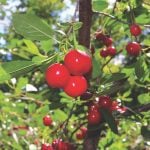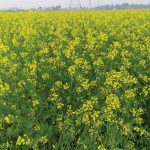Fruit growing on the Canadian Prairies is much easier and more rewarding than most people ever imagine. I am an avid fruit grower on my Alberta acreage, growing everything from plums, pears, grapes, apples and cherries to currants and raspberries. You name it, I am growing it. I am familiar with backyard Prairie gardens all […] Read more













